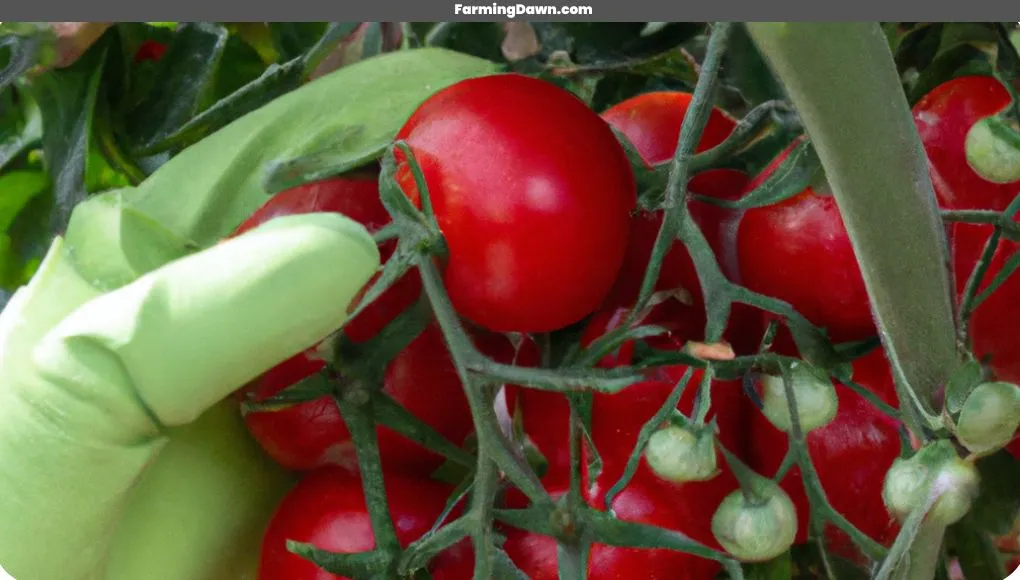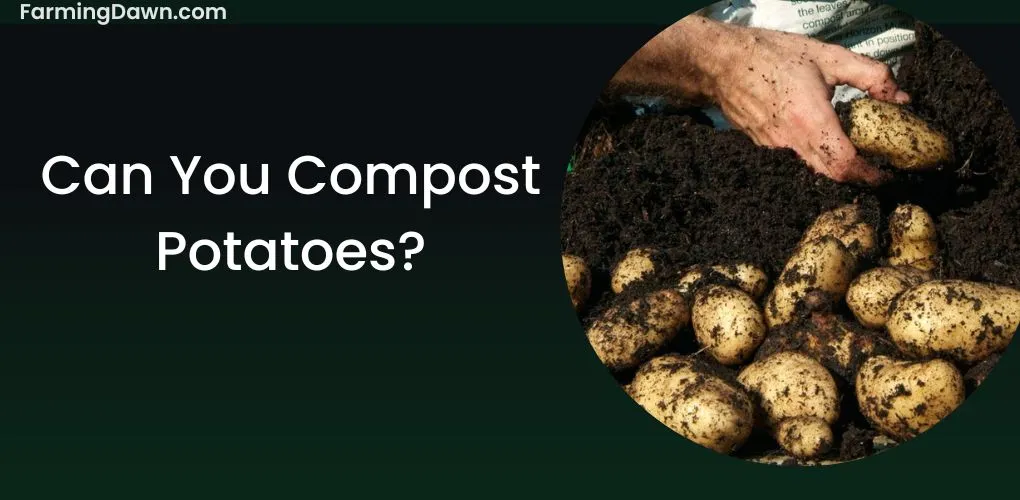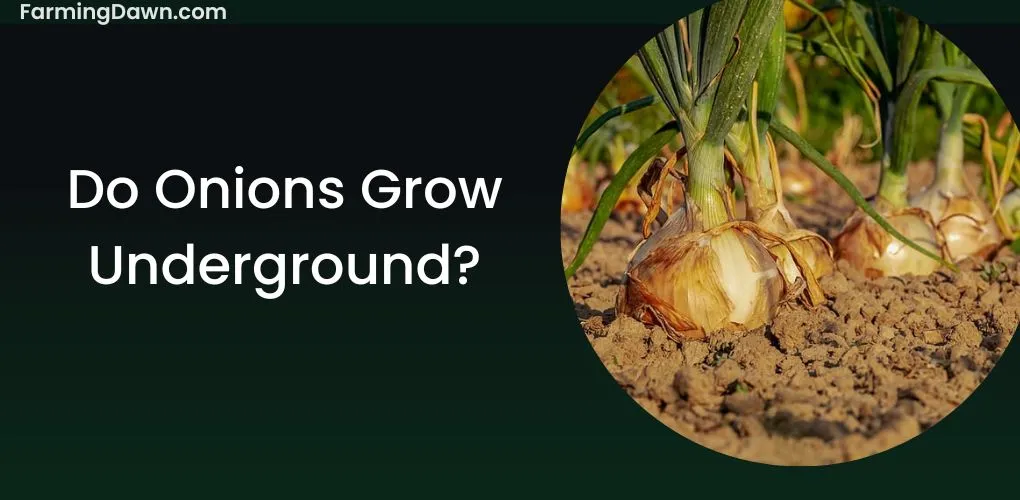Caring for indeterminate tomatoes is an art form that requires dedication and knowledge. The proper care of these plants will reward you with delicious, juicy, healthy tomatoes. Whether you’re a novice gardener or an experienced green thumb, this guide will help you learn the basics of caring for these special plants.
You can start by understanding what makes indeterminate tomatoes different from determinate varieties as well as choosing the right soil and planting location. Then, discover how to keep your plants healthy through watering, fertilizing, pruning, and pest control.
Finally, find out how to harvest and store your bounty of tomatoes so they stay fresh until you can enjoy them! Learning how to care for indeterminate tomatoes is a rewarding experience that brings joy to gardeners and eaters alike – let’s get started!
Understanding Indeterminate Tomatoes
Gaining an understanding of indeterminate tomatoes is essential for you to cultivate a successful crop. These varieties are special because they will continually grow and produce fruit until the frost kills them off in the fall.
Related: How to Care for Determinate Tomatoes?
Here is a list of indeterminate tomato varieties:
- Beefsteak
- Roma
- Cherry
- Brandywine
- San Marzano
- Black Krim
- Green Zebra
- Cherokee Purple
- Mortgage Lifter
- Yellow Pear
- Celebrity
- Early Girl
- Amish Paste
- Sungold
- Sweet 100
- Big Beef
- Pink Brandywine
- Black Prince
- Hillbilly
Indeterminate varieties can be identified by their vining nature, which means that they’ll need to be supported with stakes or cages. In order for them to thrive, you’ll need to ensure that they get plenty of sunlight and water throughout the season.

Choosing the Right Soil
Choosing the right soil for your tomatoes is crucial to their growth and success! To get the best results from your indeterminate tomatoes, you’ll want to look for soil that has the following qualities:
- Good water retention – this ensures that your plants will have access to moisture throughout their growing season.
- A pH level of around 6-7 – helps keep acidity levels balanced in the soil so that nutrients are more available to your plants.
- Adequate drainage – while it’s important that the soil retain some moisture, it should also be able to drain excess water away quickly so as not to cause root rot or other issues.
- Nutrient-rich matter – adding organic matter such as composted manure or leaf mold can help provide additional nutrition for your plants and improve the aeration of the soil, which helps encourage strong root growth and overall plant health.
When you find soil that meets all these criteria, you’re on the way to cultivating healthy indeterminate tomatoes with maximum yields!
See more: How to care for Heirloom tomatoes?
Planting and Watering
Once you’ve got the perfect soil, it’s time to get planting and watering your way to succulent success! Here is a step by step instructions for planting indeterminate tomato plants:
- Planting your tomatoes should take place in an area that gets plenty of suns, with the best spot being one that receives at least 6 hours of sun per day.
- Once you have found the ideal location, dig a hole for each tomato plant and add some compost or fertilizer to the bottom before placing the seedlings inside.
- When filling in around the seedling be sure not to cover any of its leaves.
- After planting, water deeply and often enough so that the soil is moist but not soggy. It’s a good idea to check daily during hot weather as these plants can dry out quickly.
- As your tomatoes grow, provide support by tying them loosely onto stakes or trellises; this helps keep them upright as they grow larger and heavier.
Learn more: How to care for cherry tomatoes?
Fertilizing and Pruning
To ensure your tomatoes reach their full potential, fertilize and prune them regularly with care! Fertilizing is essential to give the plants the nutrients they need to grow and produce tomatoes.
For best results, use a balanced fertilizer such as 10-10-10 once every two weeks until flowering begins. After that, switch to a nitrogen-rich fertilizer. Pruning helps keep indeterminate tomato plants healthy by providing the following benefits:
- Prevents disease from spreading throughout the plant
- Encourages new growth
- Improves air circulation around the foliage
- Increases overall fruit production
It is important to be proactive when pruning tomatoes; remove weak or diseased stems immediately, while also looking for signs of pests or disease on a regular basis so you can act before it’s too late.
By keeping your tomato plants fertilized and well-pruned, you can create an environment that will make sure your harvest will reach its maximum potential!
See more: How to care for beefsteak tomatoes?
Dealing with Pests and Diseases
Even with the best care, tomato plants can still be susceptible to pests and diseases, so it’s important to stay vigilant in keeping an eye out for signs of trouble! Common issues like aphids, whiteflies, fungus gnats, and blight are all things you should watch for.
A holistic approach is most effective when dealing with these problems. Here is how you can deal with pests and diseases in just 4 steps:
- Start by removing any affected leaves or stems as soon as possible.
- Use natural methods like insecticidal soap or neem oil to manage the pest population without harming beneficial insects like bees and ladybugs.
- For fungal issues, try a preventative spray made from baking soda and water before they become a problem.
Innovative solutions can also help control pests and diseases while being more environmentally friendly than traditional pesticides.
- Try companion planting with marigolds to deter root nematodes and other common garden pests or create an environment that will attract predatory insects such as lacewings or praying mantises.
It may take some trial-and-error but taking a proactive approach is key in caring for indeterminate tomatoes!
Learn more: How to care for tomatoes in aerogarden?
Harvesting Tomatoes
Reaping the rewards of your hard work, harvesting tomatoes is a satisfying experience that can be enjoyed all season long! The best time to harvest these juicy fruits is when they are fully ripe, which means their color has changed from green to red.
You can pick them up by hand or use scissors to snip them off the vine. It is important to avoid pulling on the stems too much since this can damage the plant.
Once harvested, you should store your tomatoes in cool and dry places such as in pantries and refrigerators. If you want to know more storage techniques don’t worry they’re discussed in the next section.
Harvesting tomatoes not only provides a tasty reward but also reduces disease pressure on plants and helps conserve resources for future harvests – making it an innovative way of caring for indeterminate tomatoes!

Storing and Preserving Tomatoes
You can easily store and preserve your tomatoes for later use by blanching, freezing, or drying them.
Blanching Indeterminate Tomatoes
Blanching is a common method of preserving tomatoes that involve briefly immersing the fruit in boiling water and then transferring it to an ice bath.
Freezing Indeterminate Tomatoes
Freezing tomatoes allows you to enjoy their flavor throughout the year; simply cut up the tomato into cubes or slices, place them on a baking sheet lined with parchment paper, and freeze until solid.
Drying Indeterminate Tomatoes
And lastly, drying tomatoes is an excellent way to keep them for longer periods of time; slice the tomatoes thickly before placing them on a dehydrator tray and dry them at 125°F for 8-10 hours.
With these methods, you can make sure that your indeterminate tomatoes are preserved in all their deliciousness! You can also get creative with how you store them – why not try making sun-dried tomato pesto or freezing cherry tomato halves?
Try out different methods and find out which works best for you.
How Tall Do Indeterminate Tomatoes Grow?
When grown under ideal conditions, indeterminate tomato cultivars with a vining growth habit can grow as tall as 6 to 10 feet (1.8 to 3 meters) or even higher.
Depending on the particular type, the growth environment, and how well they are supported, the precise height might vary. These tomatoes carry on with their growth, fruit production, and flowering cycles until they are harmed by frost or other unfavorable conditions.
How To Care For Indeterminate Tomatoes? Final Thoughts
Our long journey of how to care for indeterminate tomatoes comes to an end. If you’ve followed the steps just as I mentioned above then you’ve done a great job caring for your plants.
You’ve chosen the right soil, planted and watered them deeply, fertilized and pruned them regularly, managed pests and diseases effectively, harvested the fruits of your labor with care, and stored or preserved them for later enjoyment.
With your commitment to their growth, you’ve nurtured these plants from seedlings to vibrant harvests that have enriched your life in countless ways. Congratulations on this success – it’s time to celebrate with a delicious tomato-based meal!






